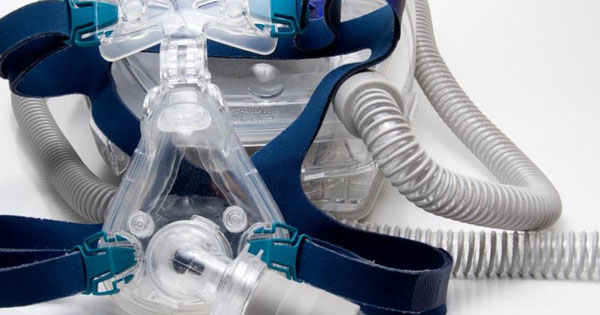Devices Reduce Blood Pressure in Sleep Apnea
January 5, 2016 — Both continuous positive airway pressure (CPAP) and mandibular advancement devices (MADs) reduce blood pressure in patients with obstructive sleep apnea, according to a new study in the Journal of the American Medical Association.
The meta-analysis found no significant difference between the blood pressure outcomes associated with the two therapies, but CPAP had a considerably higher probability of reducing systolic blood pressure, concluded lead study author Daniel Bratton, PhD, and colleagues (JAMA, December 1, 2015, Vol. 314:21, pp. 2280-2293).
Obstructive sleep apnea occurs in about 2% to 4% of the population in Western countries according to a 2002 study in the American Journal of Respiratory and Critical Care Medicine (May 2002, Vol. 165:9, pp. 1217-1239); however, the study authors noted that the prevalence of the condition is on the rise because of increasing obesity in these populations. The condition is associated with oxygen loss and wakefulness from sleep, which can lead to increases in blood pressure and the risk of cardiovascular disease, according to a 2010 study in Nature Reviews Cardiology(December 2010, Vol. 7:12, pp. 677-685).
CPAP versus MADs
Continuous positive airway pressure devices have been shown to be an effective treatment for improving symptoms of obstructive sleep apnea, such as daytime sleepiness. The authors of the current study cited multiple studies that show the device also lowers blood pressure. For patients who are unable to tolerate CPAP, an alternative treatment often used is the mandibular advancement device, which works by protruding the mandible and tongue to keep the airway open during sleep.
In this study, the researchers from the University of Zurich in Switzerland compared CPAP and MAD to see what changes the devices had in the blood pressure of patients with obstructive sleep apnea. The meta-analysis included 51 studies from the databases of Medline, Embase, and the Cochrane Library to the end of August 2015 and included 4,888 patients with obstructive sleep apnea.
The researchers found that both CPAP and MADs were associated with similar reductions in systolic and diastolic blood pressure compared with an inactive treatment.

